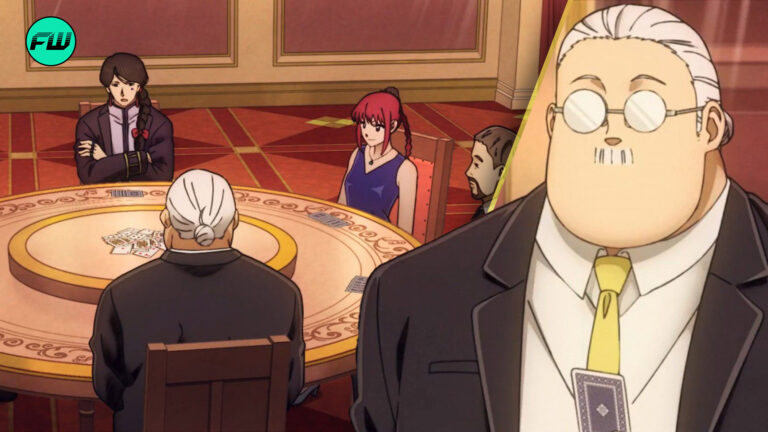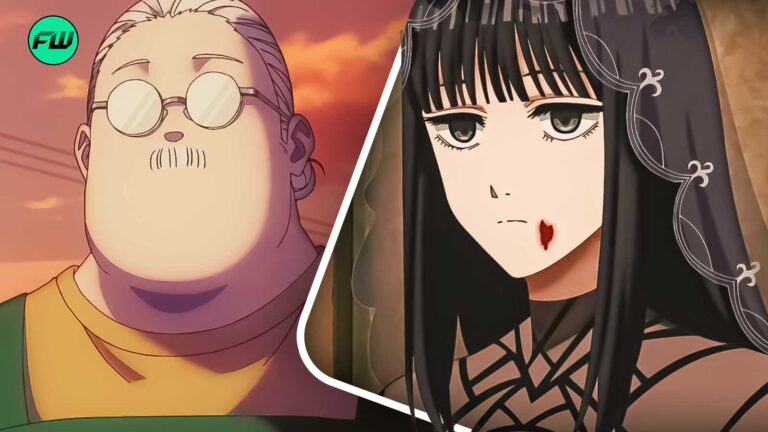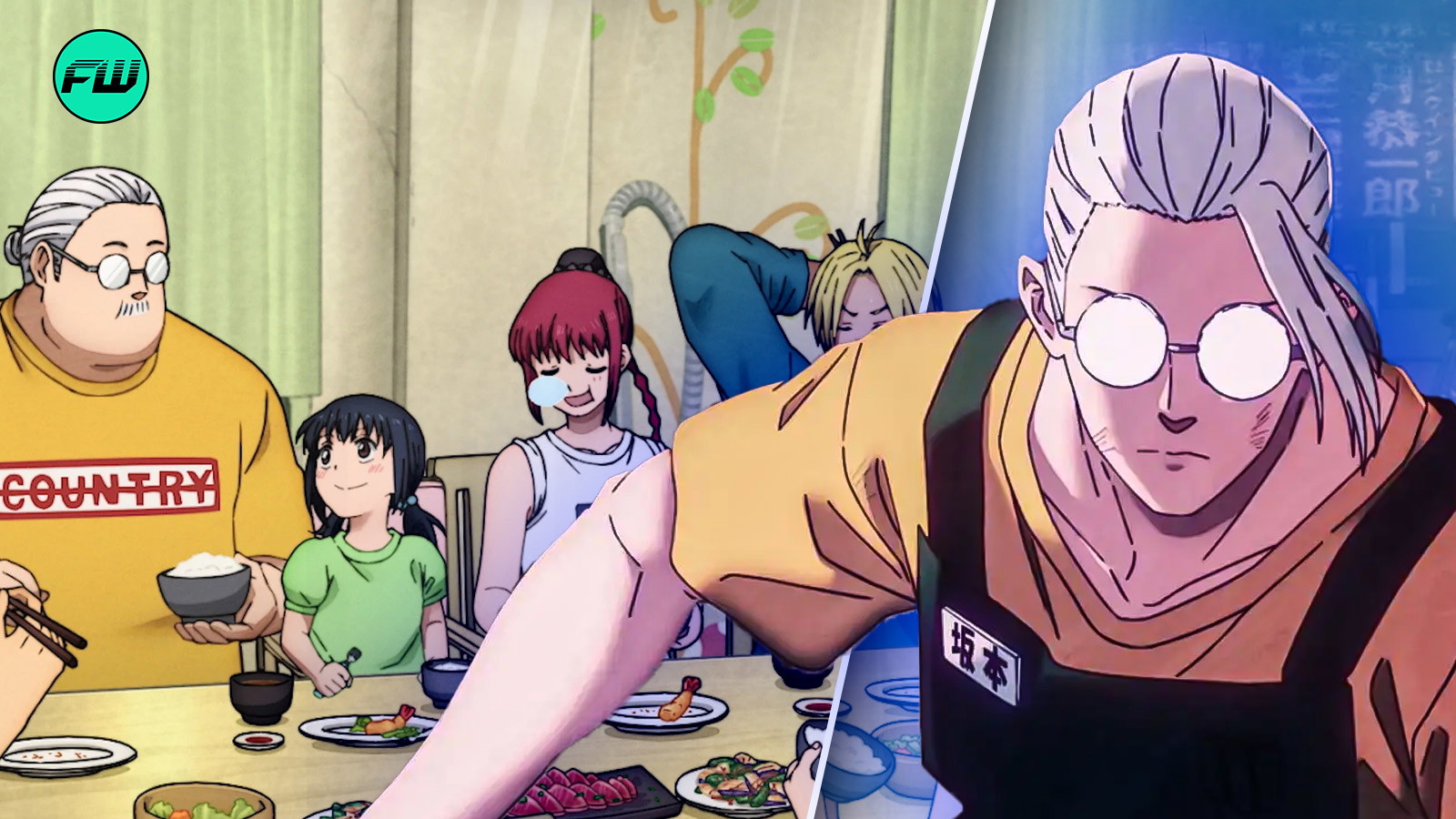
It was during this time that I started reading Sakamoto Days manga, and I was pretty much intrigued by its mixture of slice-of-life comedy and action thriller ride. The premise of a legendary assassin, Taro Sakamoto, who later decided to live a quiet life as a heavyset convenience store owner while occasionally fighting off assassins, was gold.
The series hit a sweet spot of wholesome, comedic domestic life and stylish, inventive fight sequences. It was something refreshingly different — an ideal combination of absurdity and adrenaline. But it is till that point when it slowly lost its cozy, slice-of-life appeal and turned into a bona fide action manga.
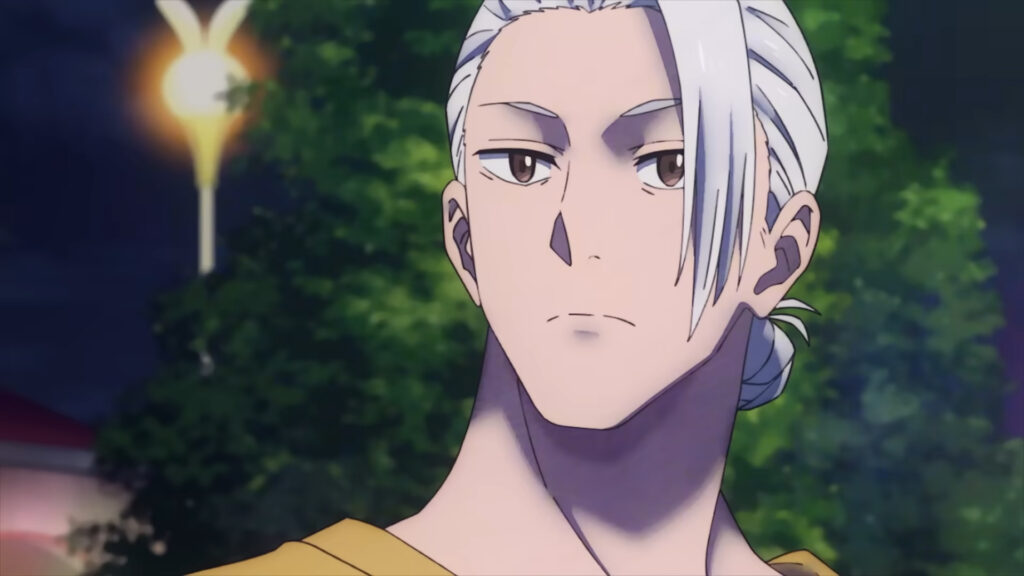
The zany family antics and silly day-to-day adventures faded into the background, eclipsed by intense battles, darker plots, and a nasty conspiracy among assassins. Look, the action still rocks, but I feel a vague disappointment that the series has moved as far as it has from its original, goofy premise.
How did things pan out in the Sakamoto Days anime?
When Sakamoto Days was released, its early chapters were a breath of fresh air. It provided laugh-out-loud moments of Sakamoto tackling everyday issues, such as running the shop with his loyal but hapless employee, Shin, while casually taking out hitmen with absurd ease.
The dichotomy of Sakamoto being this unimposing, dad-like dude who is a god tier combatant is what made the show so charming. Some moments with his wife, Aoi, and with his cute daughter, Hana, made the series feel warm and family-oriented, opening up that it wasn’t just an action story.
But as the plot deepened, the story shifted gears. The slice-of-life elements were gradually pushed to the back, the introduction of more and more powerful and bizarre assassins, complex power systems, and larger-scale conflicts taking center stage instead. That playful tone started to be buried under darker character backstories, betrayals, and sadistic fight scenes.
The switch itself isn’t necessarily a bad one — the action sequences are still brilliantly choreographed, and the stakes feel higher — but I found myself missing the silly, low-stakes antics that made me fall in love with the series to begin with.
Sakamoto Days anime’s slice-of-life/action hybrid charms will be missed!
Don’t get me wrong, but I still get hooked by reading Yuto Suzuki’s story. The fight choreography is some of the best I’ve seen in recent manga, and the inventive use of mundane objects in combat means that the series always stays visually and thematically distinctive.
However, I can’t help but feel like the show will lose some of its soul by going so far down the action path. Where the story once centered on goofy, lighthearted assassination attempts interspersed with family bonding, the plot will concern secret organizations, deadly rivalries, and knotty power dynamics.
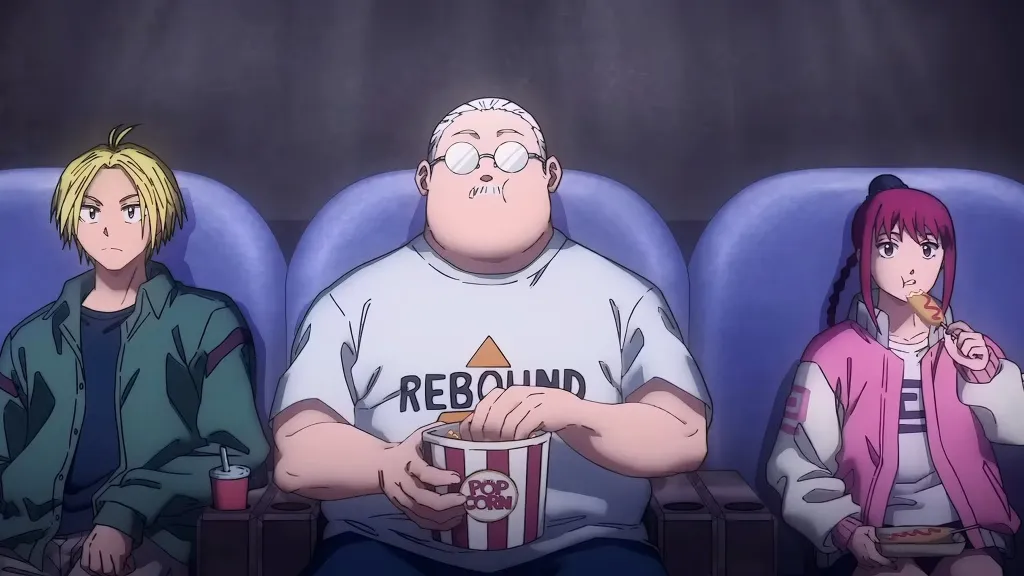
It’s exciting, but I do miss the early, less elaborate days of Sakamoto’s life, when his toughest dilemmas were getting supplies for his store or evading a quirky assassin while he tried to get home for dinner.
Sakamoto Days is still a wildly entertaining anime series, but if you fell for its earlier slice-of-life/action hybrid charms, you will soon see how it will turn into a classic battle shonen! It will be far more than a tale of a retired hitman balancing family life with the occasional tussle with an assassin.
This post belongs to FandomWire and first appeared on FandomWire
